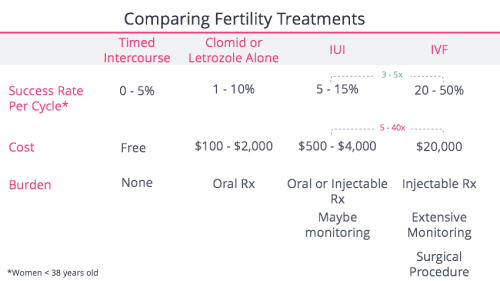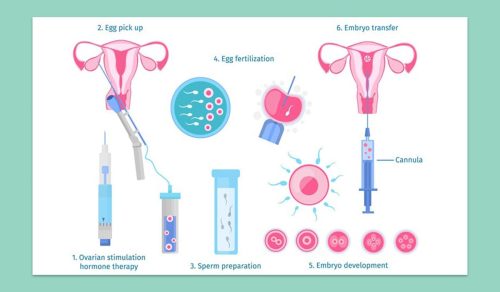How Much Does One Round of IVF Cost? Your Ultimate Guide to Understanding the Price Tag
Starting a family can feel like a dream come true—until you’re hit with the reality of fertility challenges. If you’ve been exploring options like in vitro fertilization (IVF), you’ve probably wondered: How much is one round of IVF going to set me back? It’s a big question, and the answer isn’t as simple as a single number. IVF costs can vary wildly depending on where you live, what your body needs, and even how many tries it takes to get that positive pregnancy test. But don’t worry—I’m here to break it all down for you in a way that’s easy to digest, with some fresh insights you won’t find everywhere else.
In this guide, we’ll walk through the average cost of an IVF cycle, uncover hidden expenses, and explore ways to make it more affordable. Plus, I’ll share some unique angles—like how your job might secretly help pay for it and what the latest research says about cutting costs without cutting corners. Let’s dive in and get you the answers you need to plan your next steps.
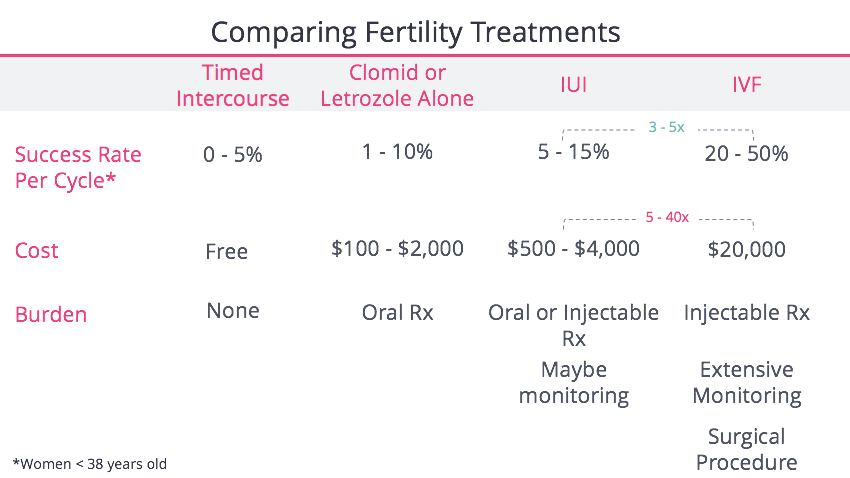
What’s the Average Cost of One IVF Cycle?
One round of IVF—called a “cycle”—is the full process from starting medications to transferring an embryo into the uterus. In the United States, the price for this journey typically lands between $12,000 and $15,000, according to the American Society for Reproductive Medicine. But hold up—that’s just the starting point. When you add in medications, extra procedures, and follow-up care, the total often climbs to $20,000 or more for a single try.
Why the range? It’s all about the details. A basic cycle might cover egg retrieval, fertilization in a lab, and embryo transfer. But extras like genetic testing or freezing embryos can push the bill higher. For example, in big cities like San Francisco or New York, where the cost of living is steep, you might see prices closer to $24,000. Meanwhile, in smaller towns or clinics with lower overhead, you could pay less—sometimes as low as $10,000.
Here’s a quick snapshot of what you’re looking at:
- Base IVF cycle (no extras): $12,000–$15,000
- With medications: $15,000–$20,000
- With add-ons (like genetic testing or ICSI): $20,000–$30,000
Real talk: most people don’t get pregnant on the first try. Studies show the average patient needs 2–3 cycles, meaning costs can stack up to $40,000–$60,000 before a baby arrives. That’s a hefty chunk of change, but knowing the numbers upfront can help you budget smarter.
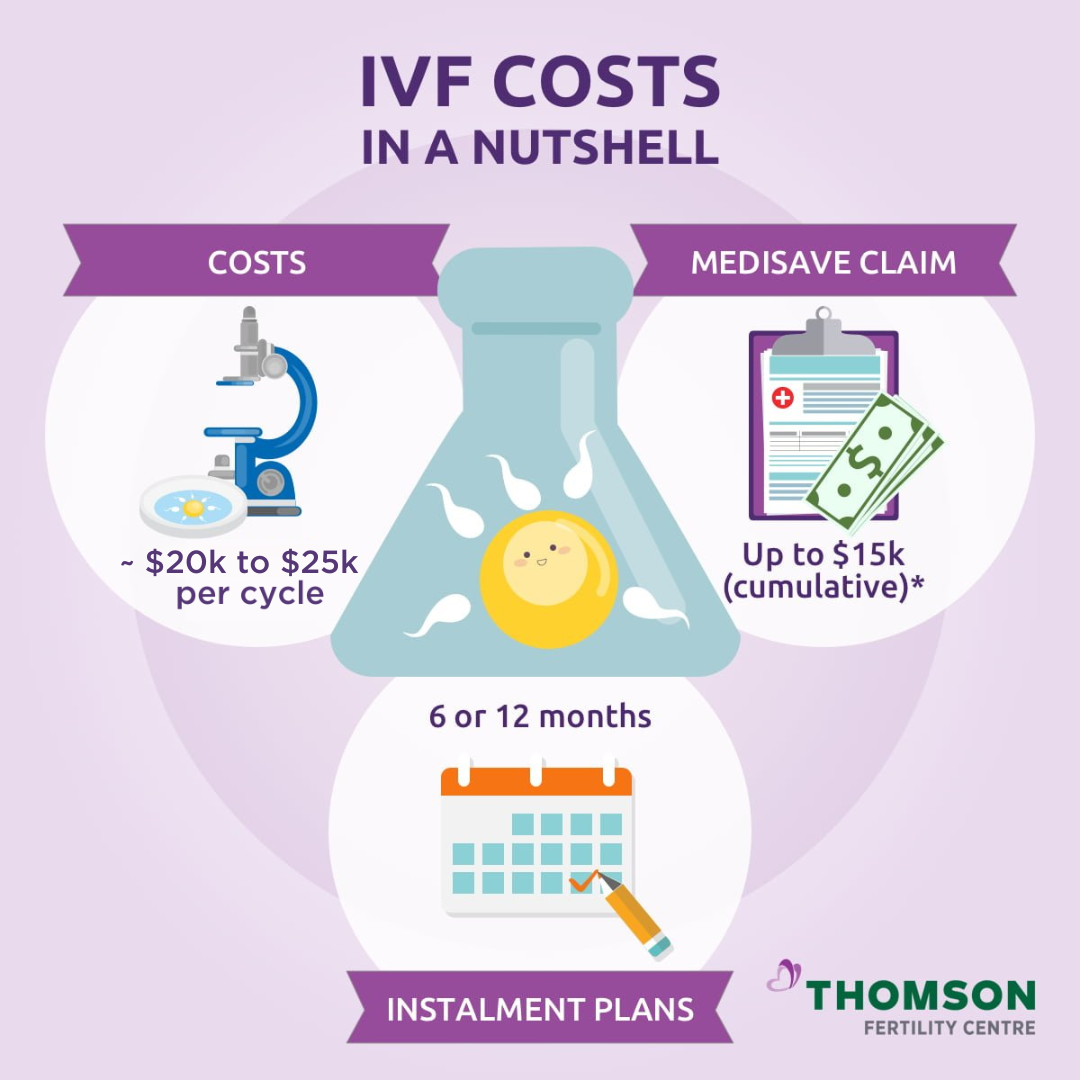
Breaking Down the IVF Price Tag: What Are You Paying For?
IVF isn’t just one big bill—it’s a bunch of smaller ones rolled into a process. Think of it like planning a road trip: there’s gas, snacks, tolls, and maybe a flat tire fix along the way. Here’s what’s typically included in that $20,000 average—and what might sneak up on you.
The Core Costs
- Monitoring Appointments: Before eggs are retrieved, doctors use ultrasounds and blood tests to track your progress. This usually costs $500–$1,500 and is part of the base fee.
- Egg Retrieval: A quick surgery to collect eggs from your ovaries. It’s outpatient, but with anesthesia, it’s about $2,000–$3,000 of the total.
- Lab Fees: Sperm meets egg in a petri dish, and embryologists work their magic. This chunk—around $3,000–$5,000—covers fertilization and early embryo growth.
- Embryo Transfer: Placing the embryo in the uterus is a delicate step, costing $1,000–$2,000, usually bundled into the base price.
The Extras That Add Up
- Medications: Fertility drugs stimulate your ovaries to produce multiple eggs. Depending on your dose and response, these can run $3,000–$6,000 per cycle. Some folks need more; others less.
- ICSI (Intracytoplasmic Sperm Injection): If sperm needs a little help, doctors inject it directly into the egg. Add $1,000–$2,000.
- Preimplantation Genetic Testing (PGT): Want to screen embryos for genetic issues? That’s another $3,000–$6,000, including lab fees.
- Frozen Embryo Transfer (FET): If you freeze embryos for later, thawing and transferring them costs $4,000–$6,000 per round.
A Sample Bill
| Service | Cost Range |
|---|---|
| Monitoring | $500–$1,500 |
| Egg Retrieval | $2,000–$3,000 |
| Lab Fees | $3,000–$5,000 |
| Embryo Transfer | $1,000–$2,000 |
| Medications | $3,000–$6,000 |
| ICSI (if needed) | $1,000–$2,000 |
| PGT (if needed) | $3,000–$6,000 |
| Total (with extras) | $15,500–$25,500 |
This table assumes a straightforward cycle with a couple of common add-ons. Your bill might look different, but this gives you a solid starting point.
Why Does IVF Cost So Much? The Hidden Drivers
Ever wonder why IVF feels like a luxury expense? It’s not just about fancy labs or doctor salaries—there’s more to the story. Let’s peel back the curtain on what’s driving these prices.
High-Tech Science
IVF isn’t cheap to pull off. Clinics need cutting-edge equipment—think incubators that mimic the human body and microscopes for handling tiny embryos. Plus, the staff includes embryologists, nurses, and fertility specialists, all with years of training. A 2023 study from Fertility and Sterility estimated that lab costs alone account for 30–40% of an IVF cycle’s price.
Location Matters
Where you live plays a huge role. In high-cost areas like California or New York, clinics pay more for rent, utilities, and staff wages, and those expenses get passed on to you. Compare that to a rural clinic in the Midwest, where overhead is lower, and you might save thousands. For instance, the average cycle in San Francisco is $24,749, while in Ohio, it’s closer to $18,000, per FertilityIQ data.
Success Rates and Reputation
Clinics with higher success rates often charge more. Why? They invest in top talent and tech to boost your odds. A clinic boasting a 60% live birth rate might cost $5,000 more than one with a 40% rate—but for many, that extra chance is worth it.
No Insurance Safety Net
Unlike a broken leg or a flu shot, IVF isn’t fully covered by most insurance plans. Only 19 states have laws requiring some fertility coverage, and even then, loopholes abound. If your employer is small or self-insured, you’re likely on your own. That lack of coverage keeps prices high—clinics know patients are footing the bill.
How Your Job Might Secretly Help Pay for IVF
Here’s something you won’t find in every IVF cost guide: your workplace might be your secret weapon. Fertility benefits are on the rise, especially at big companies trying to attract and keep talent. In 2024, a Mercer survey found that 42% of U.S. employers with 500+ employees offer some IVF coverage—up from 31% in 2020.
What to Check
- Your Benefits Package: Dig into your employee handbook or ask HR. Companies like Google, Amazon, and Starbucks cover $20,000–$75,000 in fertility treatments, including IVF.
- Flex Spending Accounts (FSAs): You can set aside pre-tax dollars—up to $3,050 in 2025—for medical expenses like IVF meds or copays.
- Small Business Perks: Even if your company doesn’t offer coverage, some states (like New York or Illinois) mandate partial IVF benefits for employers with 50+ workers.
A Real-Life Example
Take Sarah, a 32-year-old teacher in Texas. Her school district didn’t cover IVF, but her husband’s tech job offered $25,000 in fertility benefits. That cut their out-of-pocket costs for two cycles from $40,000 to $15,000. Moral of the story? Don’t sleep on your job’s perks—they could save you thousands.
Interactive Quiz: What’s Your IVF Budget Style?
Let’s make this fun! Answer these quick questions to see how you might approach IVF costs. Jot down your answers and check the results below.
- How much can you save monthly?
- A) $500+
- B) $200–$500
- C) Less than $200
- Are you okay with financing or loans?
- A) Yes, bring it on!
- B) Maybe, if the terms are good
- C) Nope, cash only
- Would you travel for cheaper IVF?
- A) Absolutely
- B) If it’s not too far
- C) No way, staying local
Results:
- Mostly A’s:The Go-Getter – You’re ready to hustle, save big, and explore all options (even international clinics) to make IVF work.
- Mostly B’s:The Planner – You’re cautious but open-minded, balancing savings with smart financing.
- Mostly C’s:The Local Loyalist – You prefer keeping it simple and close to home, even if it costs more.
No matter your style, there’s a strategy for you—keep reading for tips tailored to each vibe!
3 Costs You Haven’t Thought About (But Should)
Most articles list the obvious expenses—meds, retrieval, transfer. But there are sneaky costs that can catch you off guard. Here are three that don’t get enough airtime.
1. Emotional Support Fees
IVF is a rollercoaster, and therapy or counseling can help you cope. Sessions run $100–$200 each, and many patients go weekly during a cycle. Over 2–3 months, that’s $1,200–$2,400. A 2024 study in Human Reproduction found that 48% of IVF patients who sought mental health support had lower stress levels—and better outcomes.
2. Travel and Time Off
Live far from a clinic? Gas, flights, or hotels add up. A round trip to a top clinic might cost $200–$500, plus $100–$300 per night for lodging. And don’t forget lost wages—egg retrieval and transfer might mean 2–5 days off work. For someone earning $20/hour, that’s $320–$800 in missed pay per cycle.
3. Pre-IVF Testing
Before you even start, clinics require tests like hormone checks or a hysterosalpingogram (HSG) to see if your tubes are clear. These can total $500–$2,000, and insurance might not cover them if they’re fertility-specific. One couple I spoke to spent $1,800 on pre-tests they didn’t expect—ouch!
Pro Tip: Ask your clinic for a full pre-IVF checklist and price it out. It’s better to know now than get a surprise bill later.
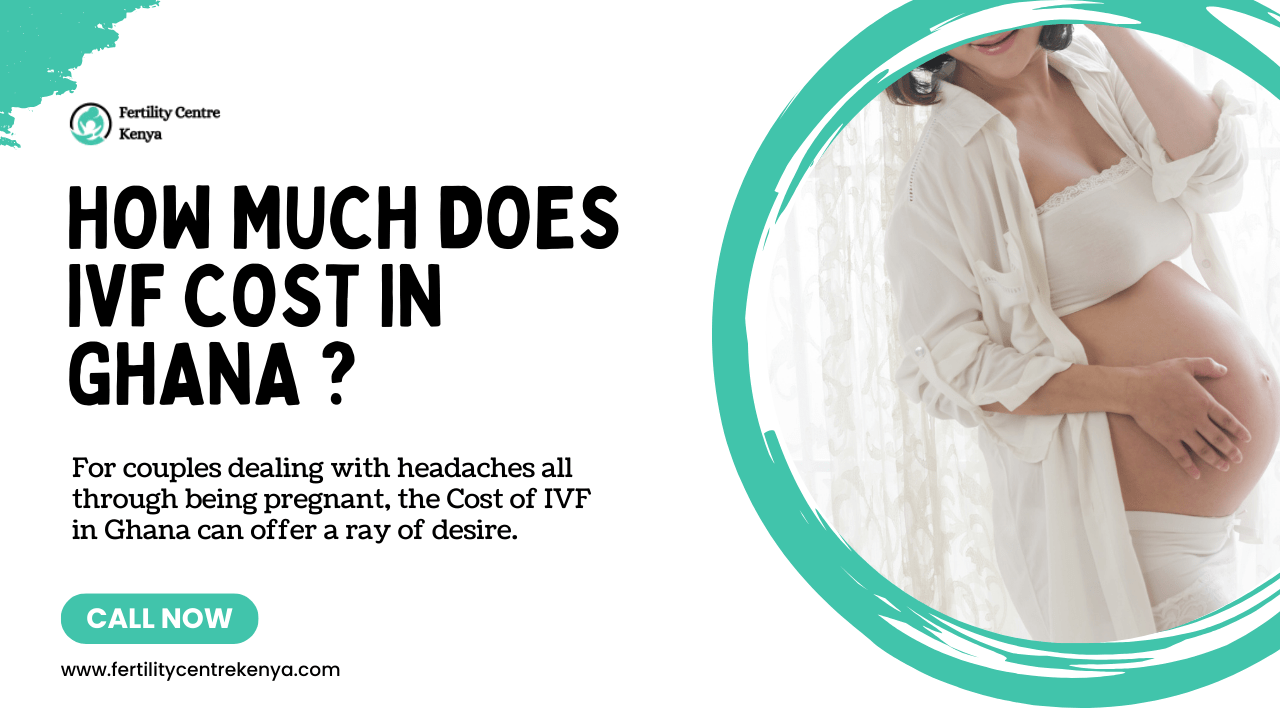
Can You Cut IVF Costs Without Cutting Corners?
Yes, you can! The trick is knowing where to trim without risking your chances. Here’s how to save smart, backed by science and real-world hacks.
Go Mini-IVF
Mini-IVF uses lower doses of meds to produce fewer eggs—think 1–4 instead of 10–15. It’s less invasive and costs about $5,000–$7,000 per cycle, compared to $20,000 for traditional IVF. A 2023 Journal of Assisted Reproduction study found mini-IVF success rates are close to conventional IVF for women under 35 with good egg reserves. It’s not for everyone, but if your doc green-lights it, you could save big.
Shop Around
Clinics aren’t created equal. Call 3–5 in your area—or beyond—and compare base fees. Some offer package deals (e.g., $13,000 for two cycles) or discounts for paying upfront. A FertilityIQ report showed 27% of patients negotiated a 10% discount just by asking.
Freeze All, Transfer Later
Instead of a fresh transfer, freeze your embryos and transfer them in a later cycle. It’s cheaper—$4,000–$6,000 vs. $12,000+ for a full fresh cycle—and a 2024 Lancet study found frozen transfers had a 5% higher live birth rate for women over 35. Bonus: it gives your body a break after egg retrieval.
Practical Steps to Save
✔️ Ask about generics: Fertility meds like Menopur have cheaper versions that work just as well.
✔️ Join a clinical trial: Some clinics offer free or discounted IVF for research participants—check ClinicalTrials.gov.
❌ Skip unproven add-ons: Things like endometrial scratching lack solid evidence and can cost $500–$1,000 extra.
What Does the Latest Research Say About IVF Costs?
Science is always evolving, and 2024–2025 studies have some fresh takes on IVF affordability. Here’s what’s new and how it could affect your wallet.
AI Could Lower Lab Costs
A 2025 pilot study from Stanford used AI to monitor embryo development, cutting lab time by 20%. If this tech scales, clinics might drop fees by $1,000–$2,000 per cycle in the next few years. It’s not widespread yet, but keep an eye out for “AI-assisted IVF” at cutting-edge clinics.
Natural Cycle IVF Revival
Natural cycle IVF—using no or minimal meds—costs $3,000–$5,000 per round. A 2024 Cochrane Review found it’s less effective per cycle (10–15% success vs. 30–40% for stimulated IVF), but for younger women with regular cycles, it’s a budget-friendly option over multiple tries.
Cost vs. Success Trade-Off
A Fertility and Sterility analysis from late 2024 crunched the numbers: spending $50,000 on three low-cost cycles (e.g., mini-IVF) often beats $30,000 on one high-end cycle for women under 38. The takeaway? More affordable doesn’t always mean less effective—it’s about playing the odds.
Real Stories: What IVF Costs Look Like in Action
Numbers are great, but stories hit different. Here are two real-life examples to show how IVF costs play out—and what you can learn from them.
Case 1: Jenna’s Mini-IVF Win
Jenna, 29, from Colorado, opted for mini-IVF after a $20,000 quote scared her off traditional treatment. Her clinic charged $6,500 per cycle, including meds. After two rounds ($13,000 total), she got pregnant. “It wasn’t the fancy route, but it worked,” she says. Lesson: Less can be more if your body’s on board.
Case 2: Mark and Lisa’s Big Spend
Mark and Lisa, both 37, went all-in at a top Chicago clinic. With ICSI, PGT, and three cycles, they spent $65,000 over 18 months—finally welcoming twins. “We wanted the best shot,” Mark says. Their insurance covered $10,000, softening the blow. Lesson: Higher costs can pay off, especially with coverage.
Interactive Checklist: Your IVF Cost Prep Plan
Ready to take control? Use this checklist to map out your IVF budget. Check off what applies and add your own notes.
✔️ Call your insurance—do they cover any IVF steps?
✔️ Ask your employer about fertility benefits.
✔️ Get quotes from 2–3 clinics (include travel costs if needed).
✔️ Price out meds—can you use generics or shop pharmacies?
✔️ Plan for extras: therapy, time off, pre-tests.
✔️ Set a savings goal: $_____ per month for ___ months.
Share your total in the comments—I’d love to hear your plan!
Global IVF: Could Traveling Save You Money?
Here’s a curveball: what if you left the U.S. for IVF? “Fertility tourism” is trending in 2025, with folks chasing lower prices abroad. Let’s weigh the pros and cons.
Top Destinations
- Mexico: $6,000–$8,000 per cycle, plus $500–$1,000 for travel.
- Spain: $7,000–$10,000, with high success rates and $1,000–$2,000 in flights.
- India: $3,000–$5,000, though travel costs ($2,000+) and quality vary.
Pros and Cons
| Pros | Cons |
|---|---|
| Up to 70% cheaper | Language barriers |
| Modern clinics in some spots | Travel stress and time |
| Combine with a vacation | Harder to vet quality |
A 2024 Reproductive Health survey found 15% of U.S. IVF patients considered going abroad, and half followed through. If you’re the adventurous type, it’s worth a look—just research clinics like you’re picking a surgeon.
Financing IVF: Loans, Grants, and More
If $20,000 feels out of reach, you’ve got options. Here’s how to fund IVF without draining your savings.
Loans and Credit
- IVF Loans: Companies like Future Family offer 0% APR plans starting at $300/month. Compare rates—some hit 10–15% interest.
- Credit Cards: Fine for small chunks (e.g., meds), but watch high interest (15–25%).
Grants and Discounts
- Baby Quest Foundation: Awards $2,000–$16,000 to U.S. residents—apply twice a year.
- CNY Fertility: Offers IVF for $4,500 in some locations, a steal compared to the $12,000 national average.
- Clinic Deals: Ask about multi-cycle discounts or refund programs if you don’t conceive.
DIY Fundraising
Crowdfund on GoFundMe—couples raise $5,000–$15,000 this way. Or host a garage sale; one family I know made $1,200 selling old gear. Every bit helps!
Poll: What’s Your Biggest IVF Cost Worry?
Vote below and see what others think—it’s anonymous, so be honest! Results update live.
- A) The base cycle cost
- B) Medications
- C) Extra procedures (ICSI, PGT)
- D) Needing multiple cycles
Check back next week for the winner—I’ll share tips based on the top pick!
Wrapping Up: Your IVF Cost Game Plan
So, how much is one round of IVF? It’s $12,000–$30,000, depending on your path—but it’s more than just a number. It’s about weighing your options, finding hidden savings, and making peace with the investment. Whether you’re pinching pennies with mini-IVF, tapping workplace benefits, or jetting off to Spain, there’s a way to make it work for you.
Start small: call a clinic today, check your insurance, or run the numbers with a partner. You’ve got this—and I’m rooting for you every step of the way. Got a question or a story to share? Drop it in the comments—I’d love to keep the convo going!


